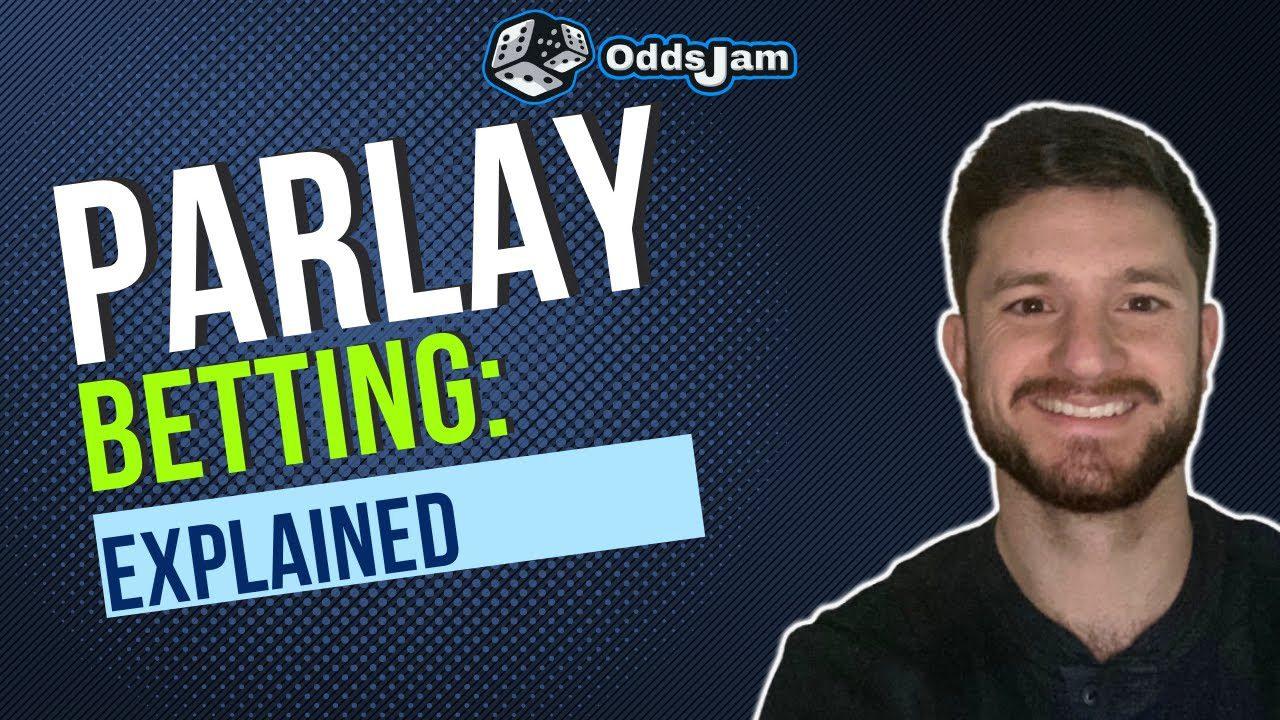Subscribe to our newsletter
We'll send you bets and resources to help you profit
How do Parlay Odds Work – Parlay Betting Strategy
What is a Parlay? How do Parlay Odds Work?
In sports betting, a parlay is a wager that includes two or more individual bets. Instead of risking money on each one individually, the bets are combined under one wager. For the parlay to win, all bets within the parlay must win.
Because of the need for 100% success rate among the bets placed, parlays have high payouts and offer bettors the dream of winning far more than the amount risked. As more bets are added to a parlay, the odds grow into higher and higher payouts because the chance each and every bet wins gets lower and lower.
Let’s say a casual bettor wants to place a parlay with all bets at -110 odds, so for the most part point spreads and over/unders. The oddsmakers want a straight bet at -110 to have about a 50% chance of winning. When you turn that straight bet into a two, three, four team parlay, the odds of winning will be cut in half each time.
See the table below:
| Number of bets at -110 | Rough probability all of them win |
|---|---|
| 1 | 50%, or 0.5 |
| 2 | 25%, or 0.25 (0.5*0.5) |
| 3 | 12.5%, or 0.125 (0.5*0.5*0.5) |
| 4 | 6.25%, or 0.0625 (0.5*0.5*0.5*0.5) |
How to Bet a Parlay:
To bet a parlay, just go to your sportsbook and select multiple bets in your bet slip.
Many books will actually default your bet slip to show you the parlay option first.
This should be your first hint that generally speaking parlays are extremely profitable for the sportsbooks, and less so for the bettor. If not, navigate over to the parlay tab that will likely appear on your bet slip.
From there, just enter the amount you want to risk and it will show your odds and potential payout.
How do Parlay Odds Work?
Parlay odds work by taking the risk of each parlay leg happening individually and combining it into the odds for each parlay leg to happen collectively. Luckily, OddsJam has a parlay calculator that will do all of the math for you, but the formula is quite simple. First, use our odds converter tool to convert the odds on your lines into decimal odds. Next, multiply the decimal odds together and you will have the overall odds for your entire parlay!
To calculate your own parlay odds, head on over to our parlay calculator, which will make it easy for you. Just put in the amount you want to risk, and then each of the odds for the individual wagers. Three slots appear, but when you put the odds in for the third slot, another will appear, and so on.
Parlay Betting Strategies:
As mentioned earlier, sportsbooks want to entice you to bet parlays. This is because a high percentage of money that the books rake in come from losing parlays. Because a parlay has multiple bets worth of vig, all legs of a parlay need to have positive expected value in order for the bet to be mathematically profitable. You can use OddsJam’s Positive EV Betting Tool to identify bets with positive expected value to add as legs in your parlay.
Fortunately for those who love the thrills of parlays, many sportsbooks run promotions that make betting parlays more beneficial. For example, FanDuel has been running a parlay insurance promotion for UFC, the NHL, and college basketball, where the bettor gets their stake back in site credit if one leg of the parlay loses. Be sure to always read the terms and conditions of promos like this, as there are often restrictions as to what type of bets can be included in the parlay. For this promotion, FanDuel restricts you from including any favorite above -200 odds.
Another strategy is to cash out early, or to hedge your final bet if the parlay is still alive. Some sportsbooks have a cash out option as the parlay progresses. During the parlay, but especially if a bettor’s first legs of a parlay have all won, the book may offer a cash out option. These are almost never positive expected value.
Think about it, if the sportsbook is offering the option, that probably means it is in their best interest for the bettor to take it. Instead, explore your options.
Some bettors in this scenario do want a guaranteed return regardless of the outcome of the final bet. In that clase, they may “hedge,” which means to bet the opposite side of the final leg.
This option is completely flexible (as opposed to the cash out offered by the sportsbooks) because the bettor can customize the hedge amount. Some may choose to hedge to just win their stake back, others may choose to hedge to an equal profit regardless of the outcome, and many will choose not to hedge at all.
What Happens to a Push in a Parlay?
As always check the house rules of the sportsbook you are using, but for the most part if a parlay contains a push and no losses, the parlay is downgraded to just include the wins.
For example, if a four team parlay is placed and three legs win but one pushes, the bettor will get paid out at the price of the three team parlay. It is as if the fourth leg that pushed was never included in the wager.
